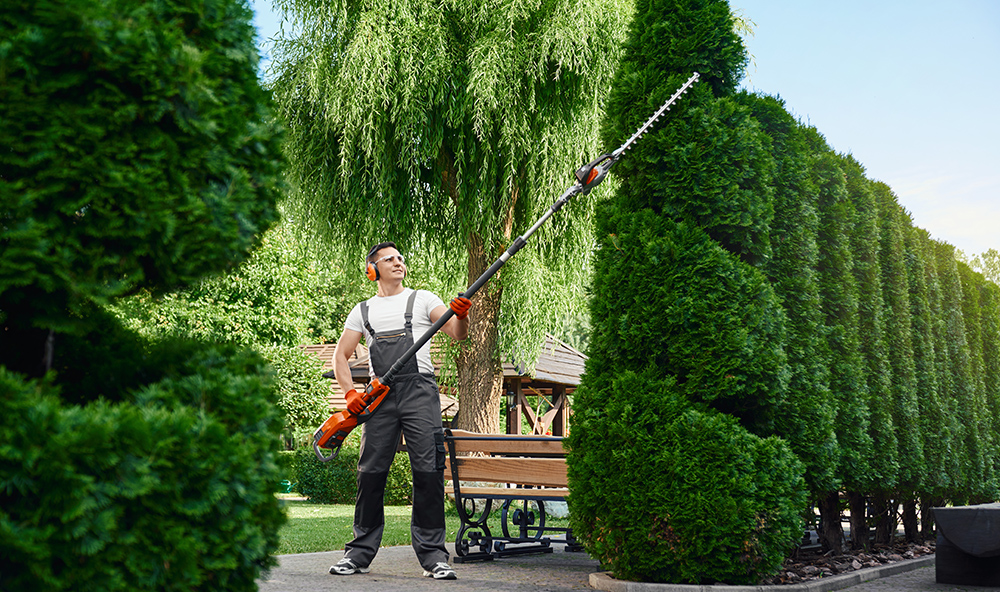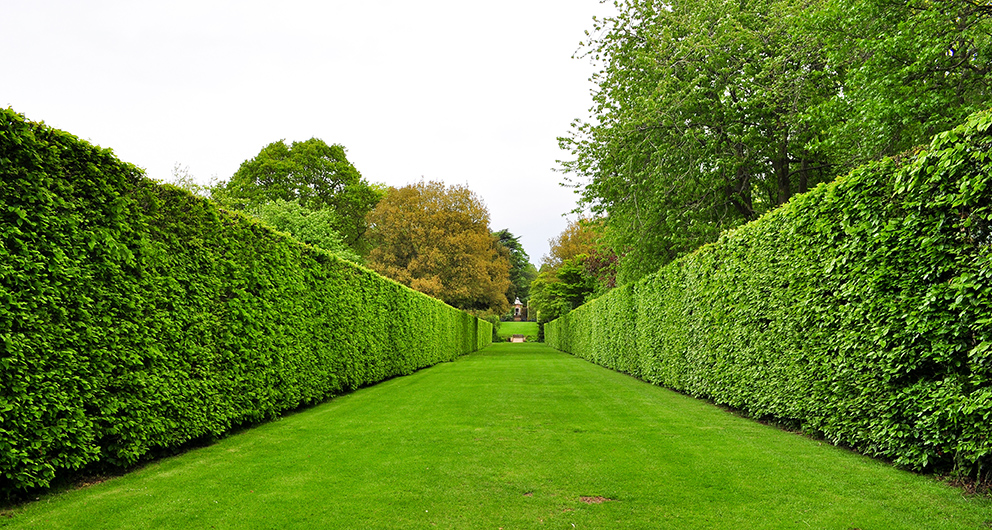Hedge removal in Ottawa involves the process of removing hedges, which are rows of shrubs or small trees that are typically used as boundary markers or for aesthetic purposes in residential, commercial, and public spaces. This process can be quite comprehensive, encompassing a range of activities from the physical removal of the plants to ensuring compliance with local regulations. Here’s an in-depth look at what hedge removal entails in Ottawa:
Reasons for Hedge Removal
- Aesthetic Changes: Homeowners or property managers may wish to update the landscape design, opting for a different type of plant or feature.
- Damage or Disease: Hedges can become damaged by weather or disease, making removal necessary to prevent further spread and maintain a healthy landscape.
- Overgrowth: Hedges that have grown too large can obstruct pathways, driveways, or views, necessitating their removal.
- Property Development: New construction or renovation projects may require the clearing of existing hedges to make way for new structures.
Regulatory Compliance
In Ottawa, hedge removal must adhere to specific municipal regulations to ensure environmental sustainability and community standards are maintained. Some key regulatory considerations include:
- Tree Protection By-law: While this by-law primarily focuses on trees, it can impact hedge removal if the hedges are substantial or if trees are interspersed within the hedge.
- Environmental Impact: Considerations about the local ecosystem and wildlife habitats must be taken into account. Removing hedges can affect local fauna, particularly birds and small mammals.
- Permits and Notifications: Depending on the size and type of hedge, property owners might need to obtain permits or provide notifications to the city before proceeding with removal.
Hedge Removal Process
- Assessment and Planning: The first step involves assessing the hedge to determine the best removal method. This includes evaluating the type of plants, the extent of root systems, and potential obstacles.
- Obtaining Necessary Permits: If required, property owners must secure the appropriate permits from the city of Ottawa. This ensures the removal process is legally compliant and environmentally responsible.
- Physical Removal: This involves cutting down the above-ground parts of the hedge, followed by the extraction of the root systems. Specialized equipment, such as chainsaws and stump grinders, may be used.
- Debris Disposal: The removed plant material must be properly disposed of. In Ottawa, this often involves taking the debris to a designated green waste facility or arranging for municipal green waste collection.
- Site Restoration: After removal, the site is usually restored to ensure it is ready for whatever new purpose it will serve. This might involve soil grading, planting new vegetation, or preparing the area for construction.
Professional Services
Many property owners in Ottawa opt to hire professional landscaping or arborist services for hedge removal. These professionals are equipped with the expertise and tools needed to efficiently and safely remove hedges, handle permit applications, and ensure compliance with local regulations.
Environmental Considerations
Hedge removal should be conducted with environmental mindfulness. This includes considering the impact on local wildlife, preventing soil erosion, and possibly replacing the removed hedge with native plants that support biodiversity.
Conclusion
Hedge removal in Ottawa is a multi-faceted process that involves careful planning, regulatory compliance, and consideration of environmental impacts. Whether for aesthetic reasons, managing overgrowth, or preparing for new construction, it is important to approach hedge removal with a thorough understanding of the necessary steps and regulations. Engaging professional services can help ensure the process is conducted efficiently and responsibly, preserving the ecological balance and adhering to municipal guidelines.



